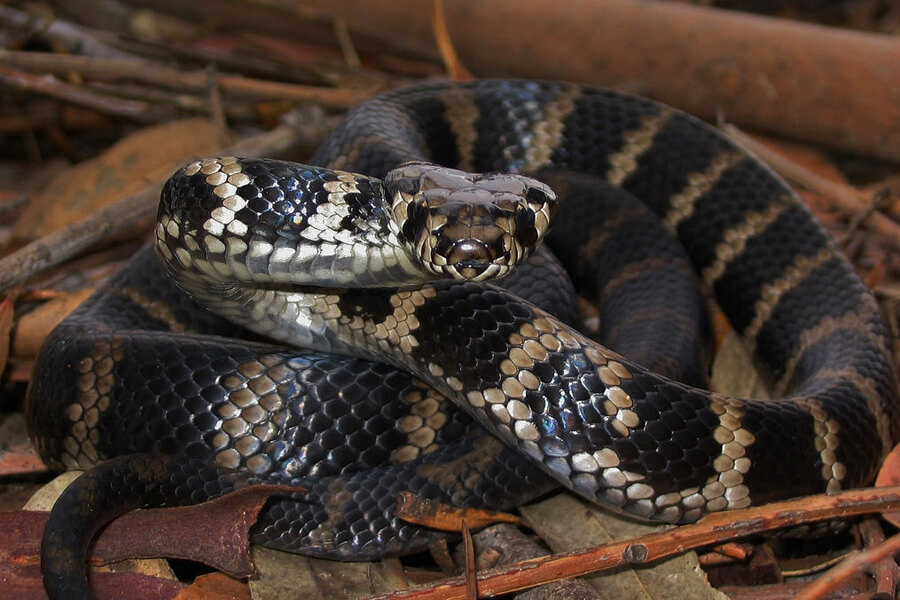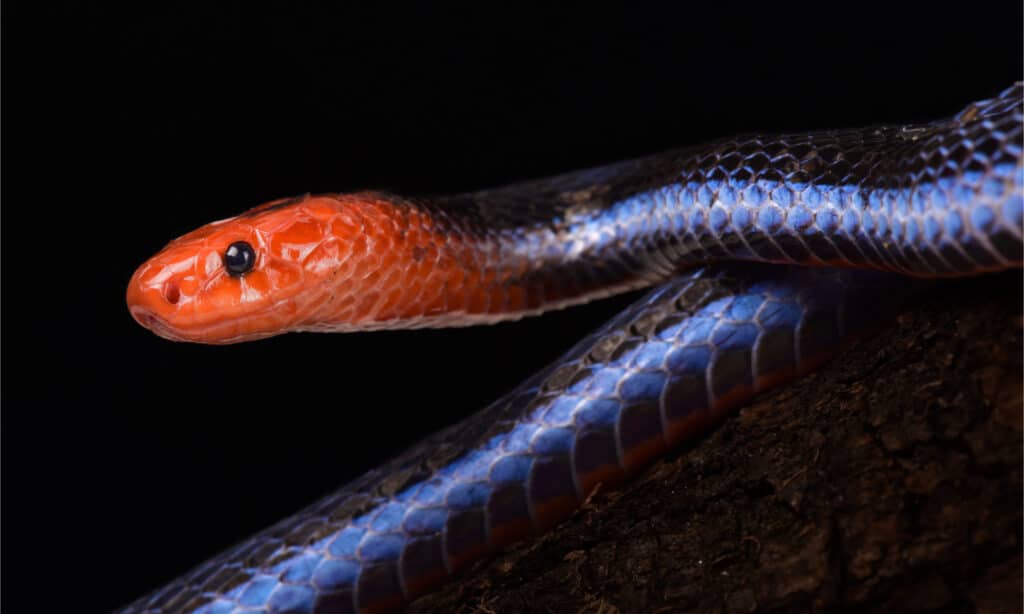Introduction
Encountering a snake in the wild can be a thrilling experience, yet it can also bring about potentially dangerous scenarios, especially if bitten. Among the different species of serpents found in Australia, the tiger snake attracts attention as a result of its hostile nature and powerful venom. This write-up gives a thorough overview on first aid for serpent attacks, particularly focusing on tiger serpent encounters. Equipped with knowledge and preparedness, you can substantially improve outcomes in instance of a serpent bite.
First Help for Snake Bites: A Detailed Overview for Tiger Snake Encounters
Understanding Tiger Snakes
What Are Tiger Snakes?
Tiger serpents ( Notechis scutatus) are just one of Immobilization Australia's most infamous serpents. They are identifiable by their distinct grouped patterns that look like a tiger's stripes, hence their name. These snakes are primarily located in seaside areas and wetlands throughout southerly Australia, including Tasmania.
Are Tiger Snakes Venomous?
Yes, tiger serpents are highly venomous. Their venom contains neurotoxins that influence the nerves and can lead to paralysis or perhaps fatality if left without treatment. It's essential to have correct knowledge about these creatures and their environments to minimize threats when encountering them.
Tiger Serpent Environment and Behavior
Where Do Tiger Snakes Live?
Tiger serpents populate a range of settings ranging from seaside marshes and swamps to grasslands and woodlands. They choose locations with adequate cover such as thick vegetation or rocks where they can quickly camouflage themselves from predators.
Behavioral Patterns of Tiger Snakes
These snakes rough-scaled snake are largely nighttime yet might also be energetic during the day. They show defensive behaviors when threatened, such as hissing noisally or flattening their bodies to show up bigger. Recognizing their habits can aid you prevent close encounters.
Identifying a Tiger Serpent Bite
What Does a Tiger Serpent Bite Look Like?
A tiger snake bite typically causes two puncture wounds that may be accompanied by swelling, bruising, and discoloration around the bite location. Signs and symptoms might vary depending on the quantity of venom infused; some individuals may experience nausea, vomiting, trouble breathing, or paralysis.
Snake Bite Signs and symptoms: What To Watch For?
- Pain at the bite site Swelling and bruising Nausea Dizziness Confusion Difficulty breathing
Recognizing these signs early is crucial for punctual treatment.

First Help for Serpent Bites: Preliminary Steps to Take
1. Stay Calm:

2. Call Emergency situation Services:
Promptly dial emergency solutions (e.g., 000 in Australia) for specialist medical help.

3. Incapacitate the Affected Limb:
Maintain the affected limb as still as feasible to avoid venom from spreading. Utilize a splint if available.
4. Keep the Sufferer Still:
Motivate the victim to stay still while waiting on clinical help; motion can aggravate symptoms.
What Not To Do When Treating a Snake Bite
Avoid Typical Misconceptions: What Actually Doesn't Help?
- Do not apply ice directly on the bite area. Do not make use of a tourniquet, as this can cut off blood circulation entirely. Do not draw out venom with your mouth. Avoid alcohol, as it can worsen symptoms.
It's essential to unmask these myths-- inaccurate actions can aggravate the situation significantly!
Creating Your First Aid Set for Serpent Bites
Essential Items for Your First Aid Package:
A well-stocked first aid set specifically made for serpent attacks ought to consist of:
|Item|Objective|| ----------------------------|------------------------------------------|| Stress Bandage|To immobilize limb|| Splint|To stabilize damaged area|| Disinfectant Wipes|For cleansing small cuts|| Emergency Situation Call Card|Vital numbers|| User's manual|For fast reference on treatments|
First Help Monitoring of Snake Bites: In-depth Steps
Assess Severity: Swiftly examine if it's a lethal situation. Positioning: Lay sufferers level with feet elevated unless they're revealing signs of difficulty breathing. Monitor Important Signs: Keep track of breathing and pulse up until aid arrives. Prepare for Transportation: Preferably, prepare the target for transportation by emergency -responders while guaranteeing they're comfortable.FAQs About Tiger Snake Encounters
1. What need to I do if I see a tiger snake?
Stay tranquility, pull back slowly without prompting it, and seek risk-free shelter till it leaves the area.
2. Can tiger snakes swim?
Yes! Tiger snakes are outstanding swimmers and often quest in water bodies.
3. How long does it take signs and symptoms to show up after a bite?
Symptoms can show up within mins yet might additionally take hours depending upon various elements like individual responses and poison potency.
4. Exists an antivenom available?
Yes, there is a reliable antivenom available specifically for tiger snake bites carried out by healthcare professionals upon arrival.
5. Exactly how can I prevent serpent bites?
Wear appropriate footwear when treking or walking in bushland locations and stay watchful while walking around known environments like marshes or marshes.
6. Are infant tiger snakes dangerous?
Yes! Child tiger serpents are venomous much like grownups; nonetheless, they tend to be less aggressive than fully grown samplings yet should still be treated with caution.
Conclusion
Understanding just how to respond successfully throughout a tiger serpent experience can conserve lives-- yours or someone else's! The value of being prepared can not be overstated; understanding correct emergency treatment treatments allows you not just to act quickly yet smartly when faced with such emergencies. Constantly keep in mind that prevention is essential; recognizing your environments can dramatically lower http://augustkqlr564.tearosediner.net/first-aid-for-snake-bites-steps-to-save-a-life dangers associated with snake bites.
With this guide labelled "First Aid for Snake Bites: A Detailed Guide for Tiger Serpent Encounters," we hope you're much better geared up both psychologically and literally to take care of any unforeseen experiences with these interesting yet unsafe creatures!